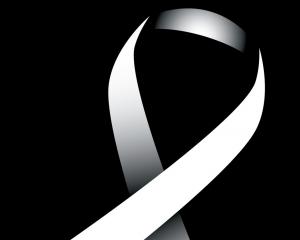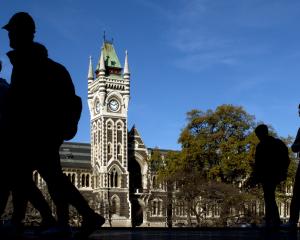The anguish in the Sherpa villages must be unbearable.
Sixteen men, the breadwinners from small communities, are gone, killed by an avalanche in the Khumbu Icefall on Mt Everest.
Three others are in intensive care in Kathmandu hospitals.
Sherpas originally migrated from the Tibetan Plateau and became farmers and traders in the mountains.
As such, they are well adapted to working at high altitudes, and they began to support climbing and exploration teams from early last century.
The first major tragedy on Everest was with the British expedition of 1922, from the north side of the mountain, when seven porters from Darjeeling, in India, were killed in an avalanche.
The expedition was abandoned immediately. Since then, the risks have not diminished.
Sherpas regularly die on Everest, with one killed in 2001, four in 2006, one in 2007, one in 2009, three in 2012, four last year and 16 so far this year.
Their occupation as high-altitude porters and guides is astonishingly hazardous. It is far, far safer to do almost any other job.
For this they are paid about $US3000 to $US6000 for a three-month season, a princely sum for Nepal, and more than 10 times the annual average national income.
They, by local standards, are wealthy and have high status.
Nevertheless, given the risk and the fact climbers can only scale Everest because of the Sherpas' heavy lifting, a re-examination of the risks and the rewards is overdue.
The plight of the families of those killed in the past has often been grim and must also be improved.
After all, Sherpa incomes are still tiny compared to the $US50,000 to $US100,000 all up it might cost a guided Western climber.
About $10,000 of that is for the Nepalese Government permit.
Glaciers are slow-moving rivers of ice, and ice falls are like rapids.
That is where the glacier breaks up and is unstable, and mountaineers are usually loath to venture there.
But that is the only practical way to Everest's peak from the Nepalese side.
That is the route the 32 expeditions with permits (734 people) planned to take this year.
It is always scary, and always treacherous, with only the ''death zone'' near the top as likely to kill climbers.
The passage through has to be established each season, and the ladders and ropes adjusted and fixed as the ice fall creaks and shifts.
Towering seracs (blocks of ice) threaten at each turn, and crevasses are everywhere. Western climbers might run this gauntlet twice (up and back) or maybe four times, taking about four to six hours each time.
Experienced Sherpas carrying supplies (while perhaps two to three hours quicker) might take a dozen or up to 20 trips, markedly increasing the odds of mishap.
As one mountaineer said this week: ''It's the most uncontrollable part of the mountain. The only way to be safer is to move faster and get through it quicker.''
Not surprisingly, emotions among Sherpa guides are reported to be running high this week.
Because the decision to close the season on Everest came primarily from them, that has to be respected and honoured.
From their point of view, the grief and horror must be overwhelming.
As one Sherpa guide said: ''Sixteen people have died on this mountain ... How can we step on it now?''
At the same time, the guides are trying to establish better compensation, long-term security and income, and they are planning a demonstration in Kathmandu.
No doubt, the matter is complicated in other ways.
The Nepalese Government itself makes several million dollars a year from mountain permits, and climbing expeditions are an important boost to an impoverished economy.
Businesses in Kathmandu, and more specifically the Solukhumbu region near Everest, depend on the annual flow.
It cannot be easy to abandon the season just as it starts.
So be it, however. Whatever the ambitions and plans of everyone involved - as well as the economic impact - the enormity of the tragedy is such that is just does not seem right to carry on as normal.












